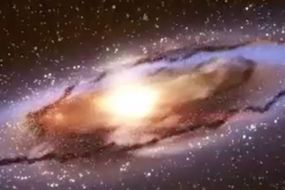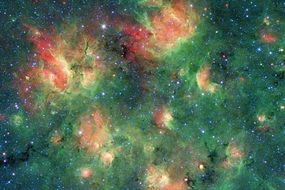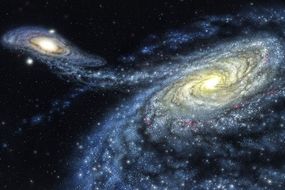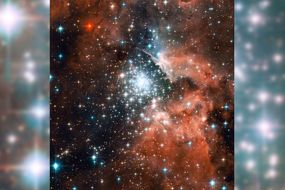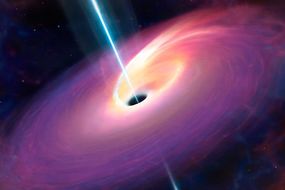Space shock: Astronomers discover stunning ‘lighthouse beam’ with answers to start of life – Express.co.uk
A TEAM of Australian astronomers have made a stunning discovery that potentially revolutionises our understanding of the Milky Way’s evolution.
The team – led by Professor Joss Bland-Hawthorn from Australia – used data gathered by the Hubble Space Telescope to help understand the evolution of the galaxy. They say that a cataclysmic energy flare ripped through our galaxy some 3.5 million years ago. The massive blast of energy and radiation, known as a Sifter flare, was so powerful that its impact was felt 200,000 light-years from our galaxy.
The flare created two enormous “ionisation cones” that sliced through the Milky Way.
Mr Bland-Hawthorn, who also works at the University of Sydney said that “the flare must have been a bit like a lighthouse beam”.
He added: “Imagine darkness, and then someone switches on a lighthouse beacon for a brief period of time.”
Professor Lisa Kewley, Director of ASTRO 3D said: “A massive blast of energy and radiation came right out of the galactic centre and into the surrounding material.

Milky Way (Image: GETTY)
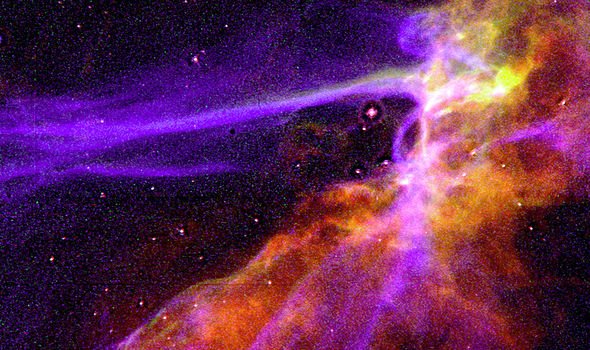
Milky Way (Image: GETTY)
“This shows that the centre of the Milky Way is a much more dynamic place than we had previously thought. It is lucky we’re not residing there!”
The discovery that the Milky Way’s centre was more powerful than previously thought, is leading to new ideas on the evolution of the Milky Way.
Magma Guglielmo from the University of Sydney, said: “These results dramatically change our understanding of the Milky Way.
“We always thought about our Galaxy as an inactive galaxy, with a not so bright centre.
JUST IN
‘Monster’ black hole 10 times size of Sun is lurking in galaxy

Space (Image: GETTY)
“These new results instead open the possibility of a complete reinterpretation of its evolution and nature.
“The flare event that occurred three million years ago was so powerful that it had consequences on the surrounding of our Galaxy.
“We are the witness to the awakening of the sleeping beauty.”
The Milky Way is the galaxy that contains the Solar System, with the name describing the galaxy’s appearance from Earth: a hazy band of light seen in the night sky formed from stars that cannot be individually distinguished by the naked eye.
DON’T MISS
NASA releases stunning telescope images of blue bubbles
End of the Milky Way: Galaxy is DYING
Black hole shock: Watch Milky Way’s central black hole FLARE
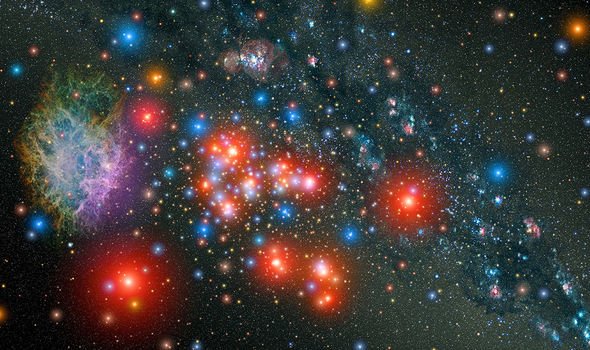
Milky Way (Image: GETTY)
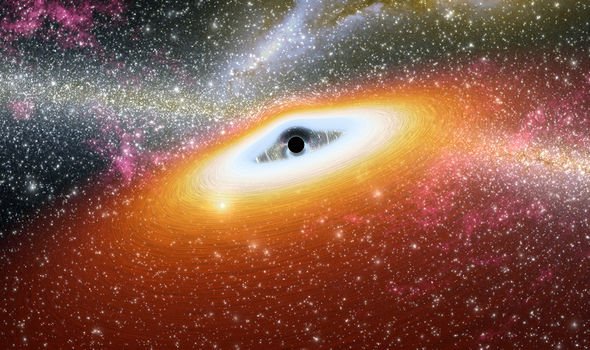
Blackhole (Image: GETTY)
It is a barred spiral galaxy with a diameter between 150,000 and 200,000 light-years and is estimated to contain 100–400 billion stars and more than 100 billion planets.
The oldest stars in the Milky Way are nearly as old as the Universe itself and thus probably formed shortly after the Dark Ages of the Big Bang.
Earlier this year scientists were astonished to discover that the giant blackhole at the centre of the Milky Way, Sagittarius A, had suddenly become active after years of being dormant.
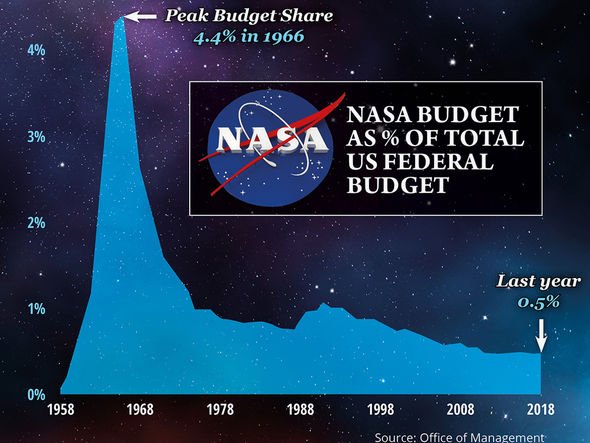
NASA (Image: Express)
The blackhole, which is 4.3 million times bigger than the Sun, has been feeding itself at an unprecedented rate, consuming huge amounts of gas, dust and anything in its vicinity.
Scientists became curious when they discovered it glowing twice as brightly as normal, with a surreal light emanating outside its “point of no return” beyond which no matter can escape.
Andrea Ghez, UCLA professor of physics and astronomy: “We have never seen anything like this in the 24 years we have studied the supermassive black hole.
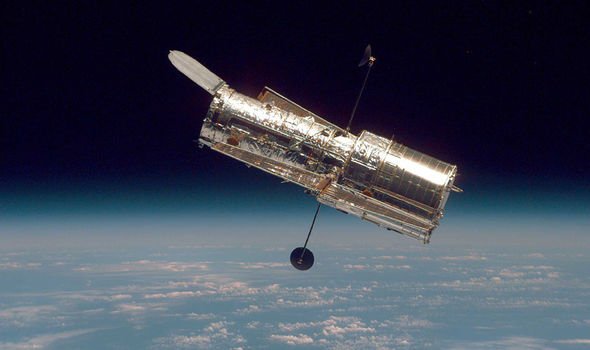
Hubble Telescope (Image: GETTY)
“It’s usually a pretty quiet, wimpy black hole on a diet. We don’t know what is driving this big feast.”
Mr Ghez added that scientists “want to know how black holes grow and affect the evolution of galaxies and the universe.
“We want to know why the supermassive hole gets brighter and how it gets brighter.”
